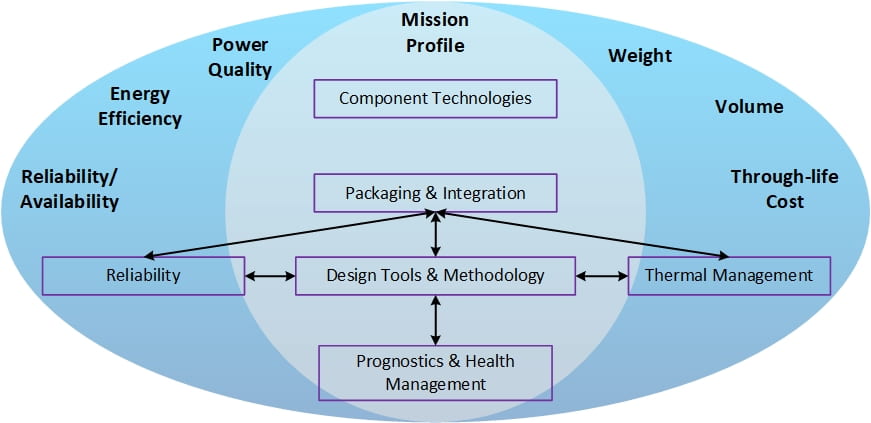The Energy Revolution
For over 200 years the global economy has been founded on a cheap and unlimited supply of energy derived from fossil fuels. This is no longer sustainable because of the impact on the climate and because of dwindling fossil fuel reserves.
There is now global recognition that dramatic changes in energy supply and usage are essential. The UK itself has ambitious targets:
- >80% cut in greenhouse gas emissions by 2050
- 18% reduction on 2008 levels by 2020
- 30% of electricity generated from sustainable sources by 2020
What does Power Electronics do?
Efficient, flexible conversion and conditioning of electrical energy
- Processing energy rather than information
- Typically involves controlled change of voltage/current level and/or frequency
- Controlled power levels from milli-watts (e.g. portable appliances) through to giga-watts (e.g. high voltage dc transmission)
- Voltage levels from 1 volt to 800 kV
- Conversion efficiencies typically in excess of 90% and up to 98% for large systems
Growth areas for Power Electronics
- Connection of renewable energy sources to power grids is not possible without power electronics
- Future electricity networks must incorporate power electronics to maintain security of supply
- Transport: electric and hybrid drive trains are only possible with efficient and intelligent power electronics. Weight savings through power electronics will reduce fuel demand
- Power supplies: new concepts can improve overall efficiency by 2-4%
- Motor drives: use 50-60% of all electrical energy consumed in the developed world: a potential reduction in energy consumption of 20- 30% is achievable
- Lighting: power electronics can improve the efficiency of fluorescent, HID and LED ballasts by a minimum of 20%

